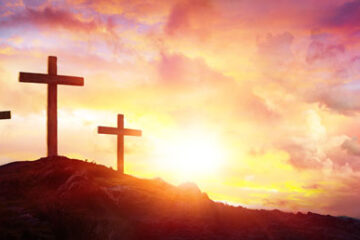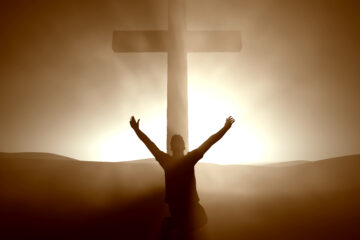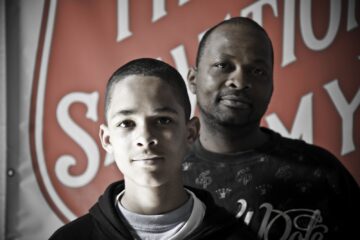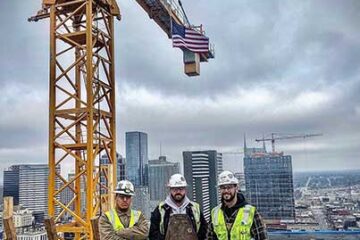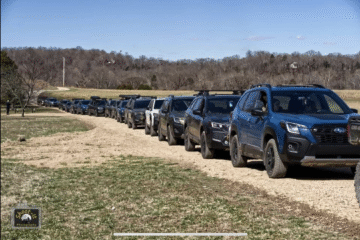The Lord descended to the top of Mount Sinai and called Moses to the top of the mountain. Exodus 19:20
Mount Sinai – Before God caught Moses’ attention with a burning bush, before Moses received the Ten Commandments, before Moses ever stepped on Mount Sinai’s holy ground, this peak in Egypt was already known as the “mountain of God.” Though some biblical scholars believe the actual location of the biblical landmark to be Jabal al-Lawz in Saudi Arabia, tradition has long linked this mountain on the Sinai Peninsula to Moses.
For the last one thousand years, pilgrims have made the journey across the inhospitable, volcanic landscape of the Sinai Peninsula to Jebel Musa (as Mount Sinai is known in Egypt). The 7,498 foot mountain is considered a sacred spot by Christians, Jews, and Muslims alike.
In AD 330, Helena (the mother of Roman Emperor Constantine) built a chapel at the foot of the peak where it was believed Moses saw the burning bush. In 530, the Byzantine emperor Justinian fortified the chapel against invaders and built the Church of the Transfiguration. It still survives as part of the monastic complex of St. Catherine’s, which is believed to be the oldest monastery in continuous existence.
Behind the monastery, the 3,750 “steps of penitence” lead visitors up a steep ravine to the mountain’s peak. On Mount Sinai’s summit is a mosque and a Greek Orthodox chapel. The chapel was only erected in 1934, but it was built on the foundations of a sixteenth-century church. Though the chapel is closed to the public, tradition holds that it contains the rock from which the Ten Commandments were cut.
FACT: in 1975, more than three thousand ancient manuscripts were accidentally discovered behind one of the walls of St Catherine’s monastery.
To learn more about the Holy Summit, visit this link:
https://www.sinaimonastery.com/index.php/en/description/mount-horeb/holy-summit
To learn more about St. Catherine’s Monastery, visit this link:



